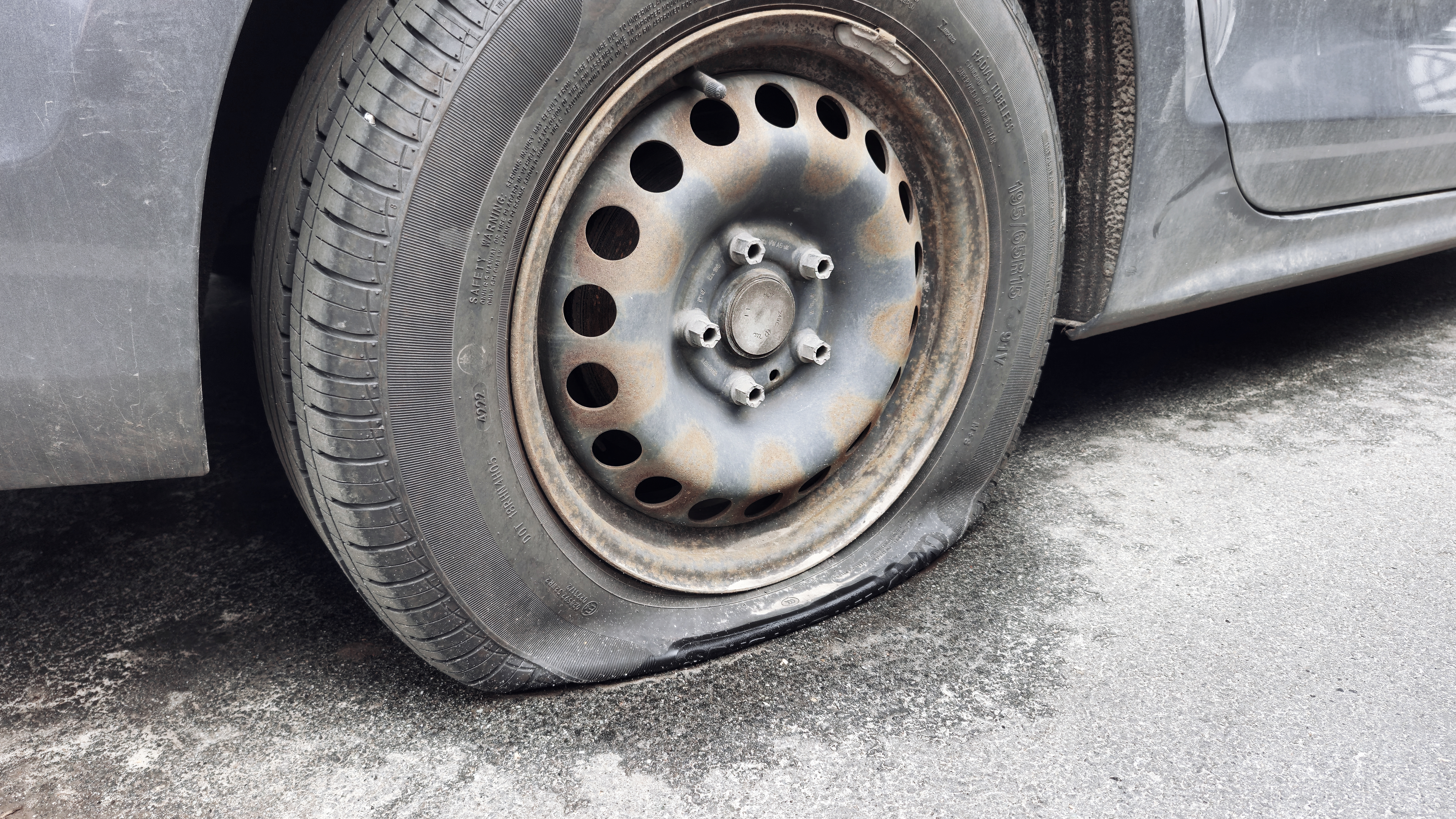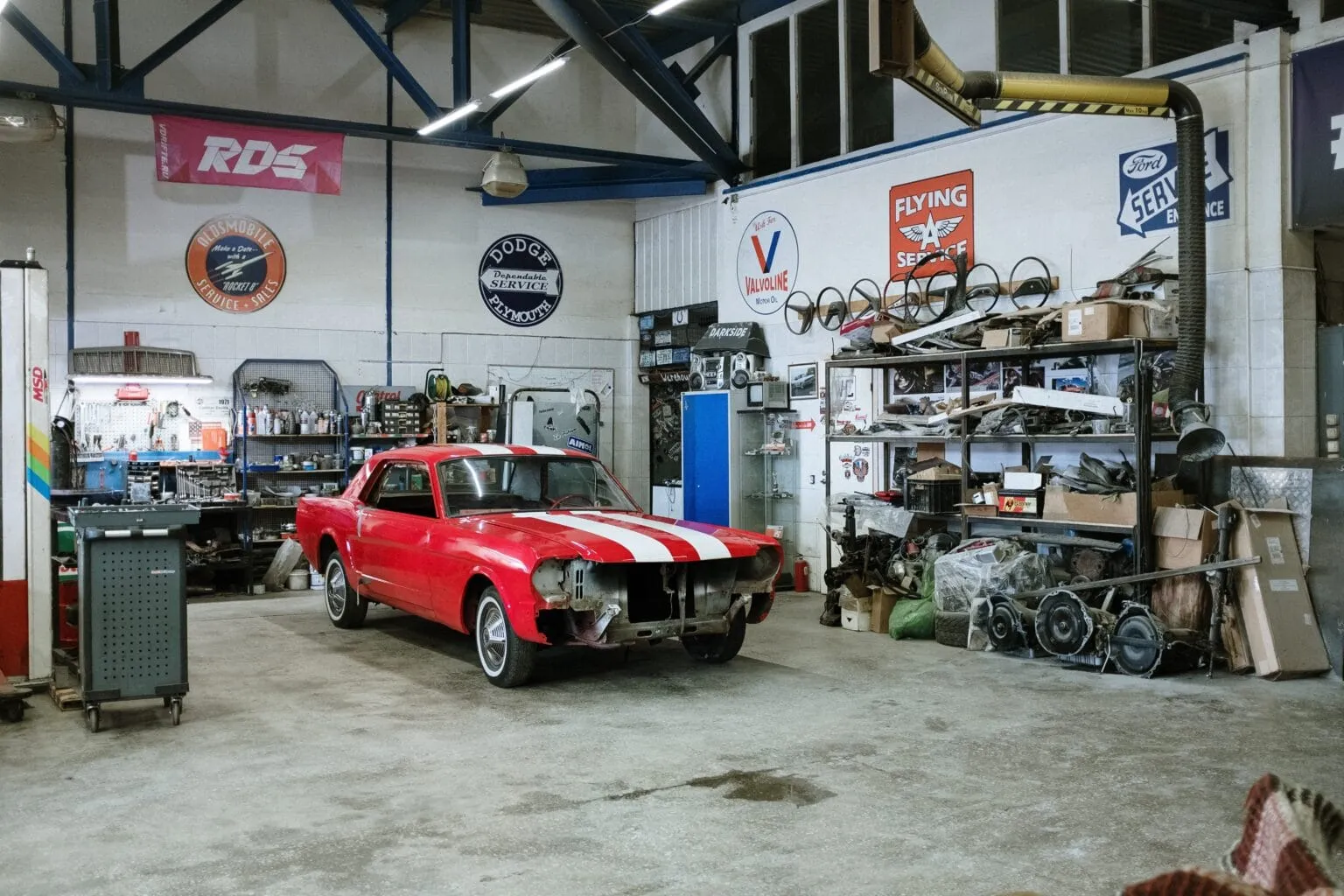Cracked Alloy Wheel Repair: Easy DIY Guide
Learn when to patch, weld, or replace alloy wheels. Step‑by‑step repairs, tool list, safety tips, and cost comparison.

Introduction
Cracked alloy wheels can be a serious problem. Not only do they look bad, but they can also cause tyre failure and unsafe driving. This simple guide on alloy wheel repair will help you understand how to fix cracks in your wheels using an alloy repair kit. We know that seeing a crack in your wheel is stressful, but many cracks can be fixed with the right tools and a careful approach.
Understanding Cracked Alloy Wheels
Alloy wheels can crack for many reasons. A small hit from a pothole or curb can cause a wheel crack. Over time, repeated stress may lead to more crack damage. Even a small crack can weaken the wheel, which may lead to tyre failure if not fixed.
It is important to check your wheels often. A tiny crack can grow over time and may soon affect the whole wheel. When you see any sign of damage, consider it a warning sign and think about alloy repairs. Early action can save you money and keep your car safe on the road.
Using an alloy repair kit can often fix the problem. This simple kit helps to fill in the crack and restore the wheel’s strength. Regular alloy wheel repair is a good way to keep your vehicle looking great and running smoothly.
If the damage is too large, repairing might not be enough. In such cases, replacing the whole wheel could be the safer option. However, for many cases, a proper repair using alloy wheels repair kits can be a smart choice.

Tools and Kits for Alloy Wheel Repair
To fix a cracked alloy wheel, you need the right tools. Many people use an alloy repair kit found in most alloy wheels repair kits. These kits are designed to help you fix cracks with ease. Here are the basic tools you might need:
- Alloy Repair Kit: This kit usually includes a resin or filler, hardener, and sometimes color matching tools.
- Sanding Tools: Sandpaper or a sanding block helps clean the cracked area.
- Cleaning Supplies: A rag and some cleaner to remove dirt from the wheel.
- Mixing Tools: Small containers or sticks to mix the resin and hardener.
- Protective Gear: Gloves and eye protection to keep you safe while working.
Using these tools, you can prepare the cracked area, mix the repair material, and apply it to fix the damage. An easy-to-use alloy repair kit makes the job simple and helps restore the look and strength of your wheel.
Step-by-Step Alloy Wheel Repair
Repairing a compromised alloy wheel necessitates a systematic and meticulous approach to ensure both structural integrity and an aesthetically acceptable finish. Follow these detailed steps:
Thorough Cleaning:
- Meticulously remove all contaminants using a high-grade degreaser and a lint-free cloth.
- Ensure that the surface is completely dry, as residual moisture can compromise the adhesion of the repair compound.
Surface Preparation:
- Employ fine-grit sandpaper to abrade the area surrounding the crack. This process enhances the surface texture, thereby facilitating a stronger bond with the repair material.
- Execute the sanding uniformly to avoid introducing additional stress concentrations.
Preparation of the Repair Compound:
- Rigorously adhere to the manufacturer's guidelines when combining the resin with its corresponding hardener.
- Utilize a calibrated mixing tool to achieve a homogeneous blend, as any inconsistencies could undermine the durability of the repair.
Application of the Compound:
- Carefully inject the prepared compound into the fissure, ensuring complete penetration into the damaged area.
- Use a specialized applicator or spatula to level the surface of the compound, aiming for a seamless transition between the repair material and the existing wheel surface.
Curing Phase:
- Allow the compound to cure for the full recommended duration, which typically spans from several hours to a complete day, to attain optimal strength and resilience.
Post-Cure Finishing:
- Once fully cured, lightly sand the area to achieve a uniformly smooth finish.
- Optionally, apply a premium automotive clear coat or matching paint to blend the repaired section with the rest of the wheel, thereby restoring both form and function.
When to Replace vs. Repair
Determining whether to repair or replace a damaged alloy wheel requires a judicious assessment of the extent and nature of the damage. Minor fissures and superficial cracks may be effectively remedied using an alloy repair kit, provided the structural integrity of the wheel remains uncompromised. However, if the damage is extensive or if multiple cracks have developed, the repair might only serve as a temporary solution. In such cases, replacing the whole wheel is advisable to ensure optimal safety and performance.
Consider the following guidelines:
- Extent of Crack Damage: Deep or widespread cracks suggest significant compromise, warranting replacement.
- Structural Integrity: If the wheel’s overall strength is diminished, a repair may not restore the necessary durability.
- Recurring Issues: Persistent problems after a repair indicate that underlying damage may be too severe to fix effectively.
Tips for Maintaining Your Alloy Wheels
Sustaining the integrity and appearance of your alloy wheels extends beyond merely executing repairs. A proactive maintenance regimen is paramount to prolonging their service life and preserving performance. Consider the following expert recommendations:
- Regular Inspections: Periodically scrutinize your wheels for early signs of crack formation or surface degradation. Early detection facilitates prompt intervention, thereby mitigating the risk of exacerbated damage.
- Optimal Cleaning Practices: Utilize non-abrasive, pH-balanced cleaners to remove brake dust, road grime, and other contaminants. Avoid harsh chemicals that could corrode the alloy surface or interfere with subsequent repair applications.
- Protective Coatings: Applying a high-quality sealant or ceramic coating can create a barrier against corrosive elements and ultraviolet radiation. This not only enhances the visual appeal but also contributes to the longevity of the wheel finish.
- Proper Driving Habits: Exercise caution on rough terrains and avoid curbs whenever possible to minimize impact-related stresses. Adopting smoother driving practices can significantly reduce the incidence of wheel damage.
- Timely Repairs: Do not defer alloy wheel repair when damage is detected. Addressing cracks promptly with an appropriate alloy repair kit can prevent minor fissures from evolving into structural liabilities.
Conclusion
In brief, timely alloy wheel repair is crucial for preserving your vehicle's performance and aesthetics. By following a systematic repair process with a quality alloy repair kit, you can restore structural integrity and prolong the lifespan of your wheels. However, if damage is extensive, replacing the wheel may be the safest option. Regular maintenance—through inspections, proper cleaning, and protective coatings—helps prevent future issues and ensures a safer driving experience. Ultimately, these proactive measures not only extend the lifespan of your alloy wheels but also reinforce overall vehicle safety, offering you confidence and peace of mind on every drive.
Frequently Asked Questions
Ready to Transform Your Workshop Operations?
Join 1000+ successful auto workshops using autoGMS to streamline operations, reduce no-shows, and boost revenue.
Related Articles
Continue reading with these related posts
